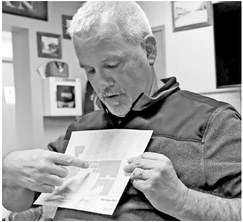What is driving village of Gilman TID effort?


Star News
Editorials
Village of Gilman leaders are hoping using a powerful economic development to...


Star News
Editorials
Village of Gilman leaders are hoping using a powerful economic development to...